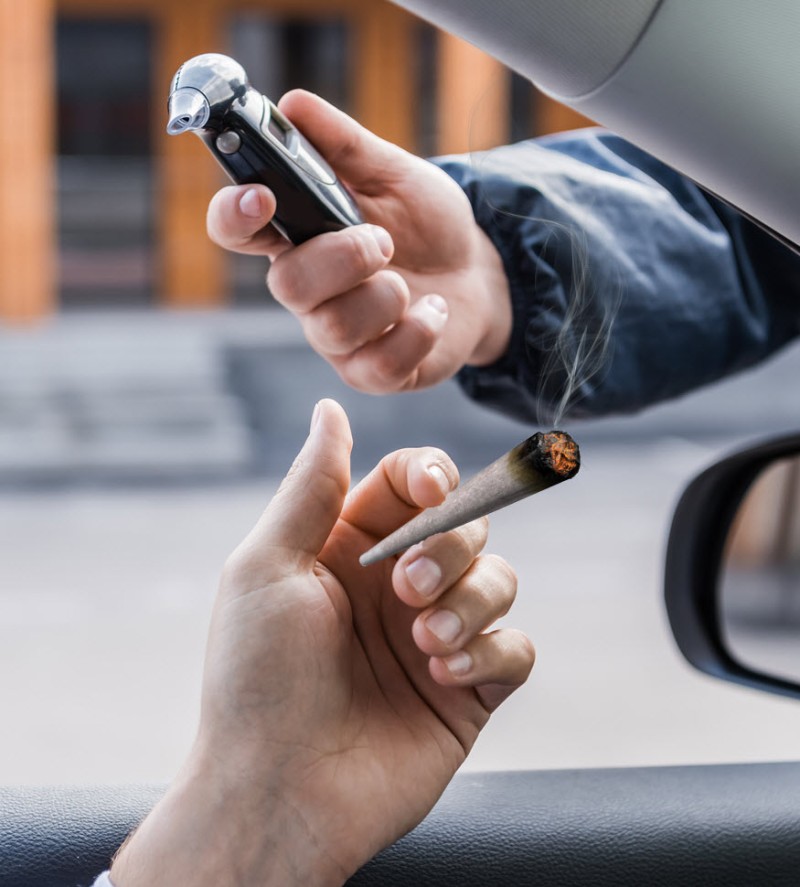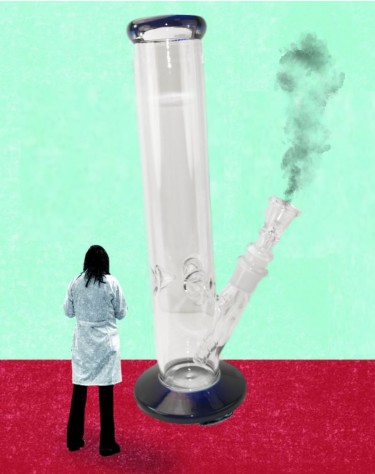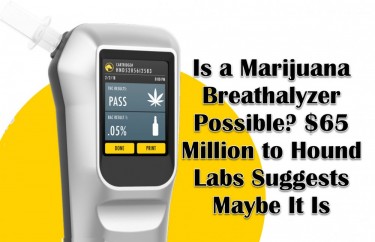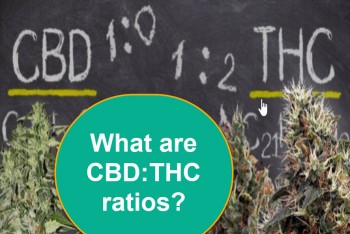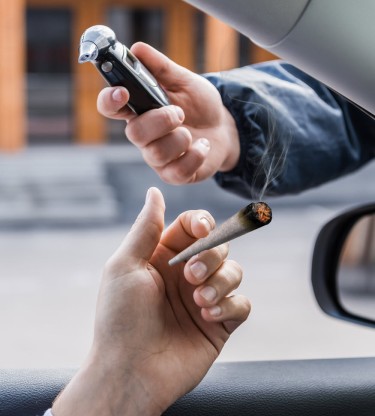
As more states continue to legalize cannabis each year, there have been some concerns among authorities regarding impaired driving.
There already are effective technologies, particularly breathalyzers, that can do roadside testing for alcohol consumption among drivers. However, it seems that this reality is still very much far off when it comes to testing for cannabis impairment and while it’s already successful for alcohol, the same technology simply cannot work for cannabis.
A recent study conducted by researchers from the University of Sydney discovered that marijuana breathalyzers are still inefficient in testing for THC. For the study, they reviewed 28 older existing trials analyzing THC concentrations in the saliva and blood of drivers, and measured their performance. All they found were inconsistent findings. Specifically, they focused on studies that assessed the attention and reaction time of drivers, which are skills critical for safe driving. Though they did find significant links between impairment among inexperienced marijuana consumers and THC levels, when the drivers were already experienced users, the associations were gone.
“Higher blood THC concentrations were only weakly associated with increased impairment in occasional cannabis users while no significant relationship was detected in regular cannabis users,” explains the lead author, Dr. Danielle McCartney. “This study suggests that blood and oral fluid THC concentrations are relatively poor indicators of cannabis-THC-induced impairment.”
In addition, for a cannabis breathalyzer to work effectively, they would need to use a different biomarker because measuring cannabis impairment the same way you would with alcohol just can’t be reliable. “This contrasts with the much stronger relationship between blood and alcohol concentrations and driving impairment,” says the researchers.
EPOCH
Late last year, scientists created EPOCH, a breakthrough rapid THC detection technology, which stands for Express Probe for On-site Cannabis Inhalation. It functions by concentrating saliva levels to check for the current amount of THC on it, and it states whether or not THC is more or less than 1 nanogram per ML of saliva within a 12-hour period.
They have widely discussed its accuracy and sensitivity, though there are still some skeptics. The developers argue that the new device can work many ways aside from just determining who drives high. “We envision that our device will be beneficial for on-site testing of THC use,” explains Hojeong Yu, a Harvard Medical School post-doctoral fellow, and Hakho Lee, Harvard Medical School associate professor of radiology, to Inverse.
“These are generally performed in specialized laboratories and could take days to process,” they write. “Test results could also be ambiguous in determining the last time of cannabis consumption because residual THC and its metabolites are often present in bodies weeks after cannabis intake, and it is challenging to separate acute recent from chronic use,” they say.
“This is not only for roadside testing but moreso for testing at workplaces and public areas,” they add.
“Such tools may possess value in identifying those who have had relatively recent exposure to cannabis,” said Paul Armetano, NORML deputy director, to Inverse. “But I’ve cautioned that such detection technology is unable to determine whether someone is under the influence from cannabis and, therefore, a positive test result should not be perceived as prima facie evidence of impairment.”
Why Cannabis Impairment Is Tough To Measure
The development of alcohol breathalyzers took decades for the technology to be successful. However, there are still many that believe the margin of error among them is still high. But the challenge presented by measuring cannabis impairment is completely different, and it has its own unique set of issues.
For one, cannabis stays in the human body much longer than alcohol; in fact, as soon as you start drinking, the body already metabolizes it. That’s why it isn’t as easy as it sounds to measure how much THC affects the driver, as it can stay in the body for a month or even longer, after the initial high has already worn off. Even though urine and blood tests can determine the presence of THC, it isn’t enough for the police and doesn’t provide enough evidence that the driver was impaired at the very moment if an accident occurred.
There’s also the fact that while the amount of alcohol you drink is directly correlated with how drunk you’re acting (and driving), the same is not true with cannabis. A person can have much more THC in their body because they have more fat cells, as THC clings to the fat cells, and it won’t mean that they were driving stoned.
What also makes it so complicated is that each human processes and metabolizes cannabis differently, which is why it has such a drastically different effect on everyone. For example, a person who smokes 2 puffs of a bong may not even feel stoned, while the same amount can completely throw someone off. When it comes to alcohol, 0.08 has been determined by scientists as the legal limit for blood alcohol concentration yet this number cannot be determined with pot. That hasn’t stopped certain states from establishing laws that would determine how much THC is needed to say that you are driving high but there really is no global or national consensus.
Though it would be good to quantify things, cops still do have training on how to recognize if a person is high. They check for response times, red eyes, dilated pupils, and look for smell or sign of cannabis smoke in the car. So while we’re waiting for scientific breakthroughs and until scientists can identify an effective biometric, cannabis breathalyzers may just not work until then.
MARIJUANA BREATHALYZERS, READ MORE...
DID THIS CHEMIST JUST SOLVE THE MARIJUANA BREATHALYZER PROBLEM?

